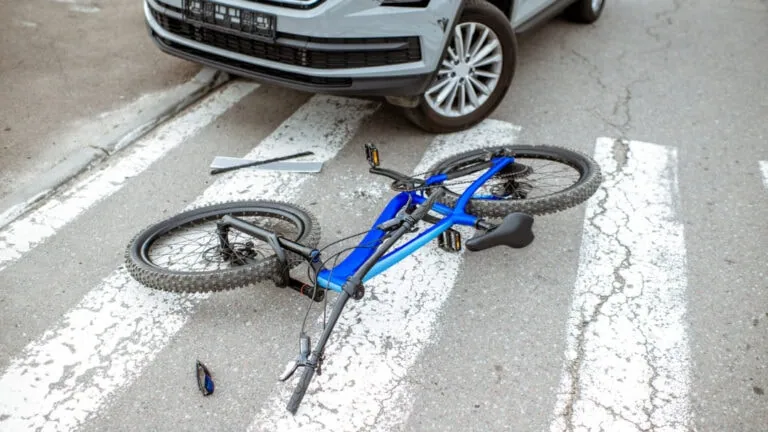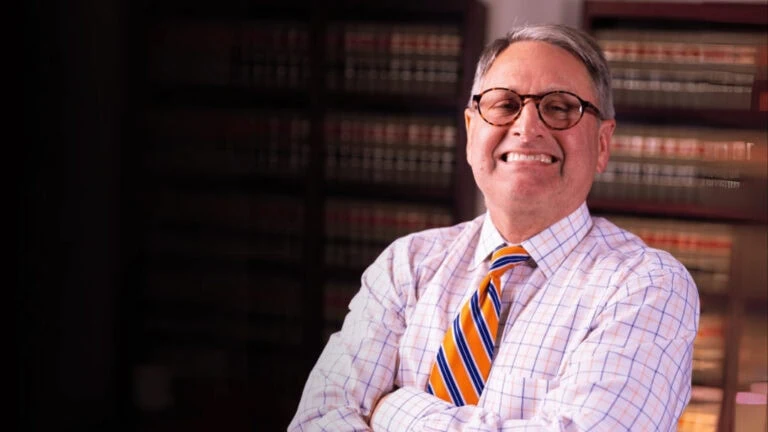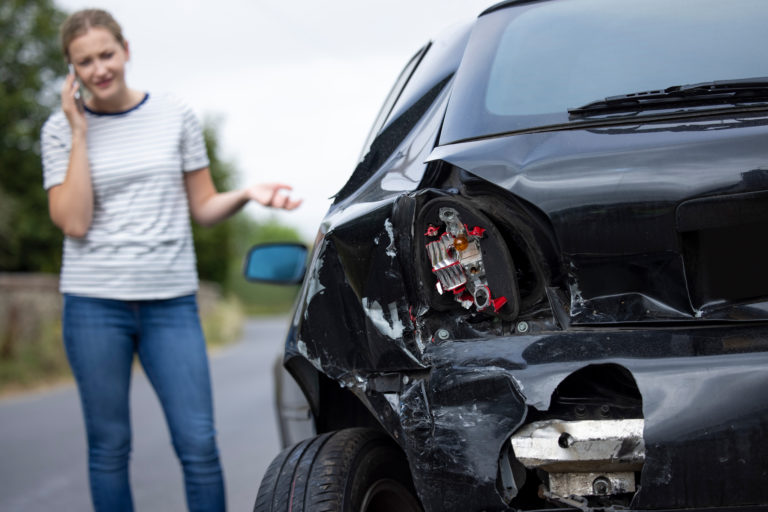 The Florida Department of Transportation and the Public Works departments of Florida counties and cities have failed to take advantage of an excellent roadway traffic sign meant to improve bicycle safety. More expansive utilization of this sign needs to occur. In 2011, the Florida Department of Transportation adopted a newly designed traffic safety sign which stated, “Bicycles May Use Full Lane”, and then published the design in the “Green Book”. The “Bicycles May Use Full Lane” sign was first included in the 2009 Manual on Uniform Traffic Control Devices (“MUTCD”) but had not been installed anywhere in Florida from 2009 through 2011. The new sign design was meant to be used without or without also applying “sharrows” to the road surface. Sharrows inform motorists of the presence of bicyclists on the roadway.
The Florida Department of Transportation and the Public Works departments of Florida counties and cities have failed to take advantage of an excellent roadway traffic sign meant to improve bicycle safety. More expansive utilization of this sign needs to occur. In 2011, the Florida Department of Transportation adopted a newly designed traffic safety sign which stated, “Bicycles May Use Full Lane”, and then published the design in the “Green Book”. The “Bicycles May Use Full Lane” sign was first included in the 2009 Manual on Uniform Traffic Control Devices (“MUTCD”) but had not been installed anywhere in Florida from 2009 through 2011. The new sign design was meant to be used without or without also applying “sharrows” to the road surface. Sharrows inform motorists of the presence of bicyclists on the roadway.
Unfortunately, the “Bicycles May Use Full Lane” signs have still been installed in very few locations in Florida. 15 months after adoption of the new sign, Florida has seen installation of the signs in only 3 locations within the entire state. The failure of the FDOT and local Florida governments to install the signs is unfortunate. The signs have been shown to improve safety. In Austin, Texas, a study was conducted after a series of “Bicycles May Use Full Lane” signs were erected. The study concluded, “The results of this study suggest that “Bicycles May Use Full Lane” signs do improve bicyclist and motorist safety along routes where commuter bicyclists are common users of the facility.” The FDOT and local governments should move rapidly to utilize these signs in all locations of roads which are “sub-standard width” – where there is not enough room in the travel lane for a car to pass a bicycle with the required 3 feet of clearance. As of now, the most commonly used bicycle safety sign says, simply, “Share the Road”. This sign should be replaced, whenever possible, with the “Bicycles May Use Full Lane” signs.

The sign which states, “Bicycles May Use Full Lane” is much improved for bicycle safety and conveying proper interaction. This sign tells motorists to expect cyclists to “take the lane”, even if traffic is heavy and lanes are narrow. It tells motorists and cyclists – cyclists may use any portion of the lane, when necessary. The sign gives cyclists confidence to ride out into traffic and not feel relegated to the gutter. The sign advises motorists that they must accept cyclists being in front of them in the lane, preventing the motorists from passing them within the same lane of travel. The effect of the sign’s message is to teach vehicles to slow down, to teach motorists to wait behind cyclists until they can safely pass. The sign is an excellent tool to teach motorists to change lanes to overtake slower moving cyclists in narrow lanes.
Arguably, the “share the road” sign caused some cyclists to believe the involved road was “preferred” or “favored” for cycling. These cyclists felt that the installer of the sign was indicating this was a safe road on which cyclists could ride. This conclusion was often incorrect. The “Bicycles May Use Full Lane” sign probably sends a more accurate message. An informed cyclist will understand the new sign to mean there is not a designated and separated bicycle lane on the upcoming roadway. The cyclist may also understand that he/she may use the full lane because the lane width is substandard, too narrow, to allow him to ride to the right and be passed with 3 feet clearance.
Christopher G. Burns is an attorney who has defended the rights of injured cyclists for 29 years. He is the chairman of the Jacksonville Bicycle Pedestrian Advisory Committee, and a past officer and board member of the Florida Bicycle Association.
$831,000 Verdict
Slip and Fall
Six Figure Settlement
Nursing Home Abuse
$600,000 Verdict
Construction Accident
$750,000 Verdict
Defective Product
$810,000 Recovery
Auto Accident
$1,000,000 Settlement
Slip and Fall
$2.5 Million Settlement
Medical Malpractice
$1,200,000 Verdict
Slip and Fall
$725,000 Settlement
Auto Accident
$17 Billion Settlement
Tobacco Injuries
$1,100,000 Settlement
Defective Product
$500,000 Recovery
Business Litigation
$8 Million Settlement
Medical Malpractice
$1,100,000 Settlement
Bicycle Accident



